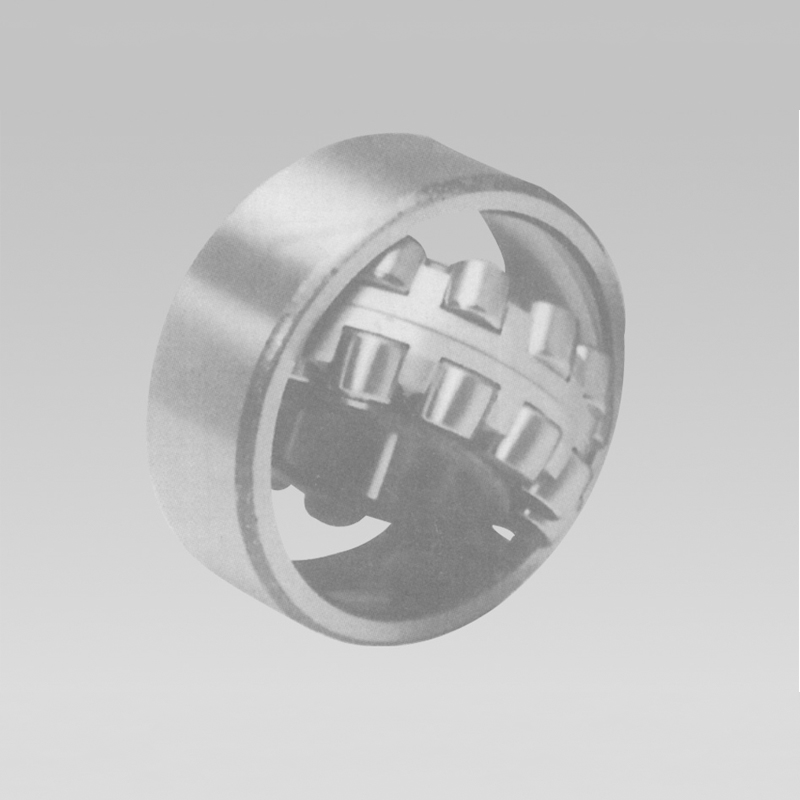
9 月 . 28, 2024 11:28 Back to list
Understanding Thrust Bearings and Journal Bearings in Mechanical Applications
Understanding Thrust Bearings and Journal Bearings
In the realm of mechanical engineering and machinery, bearings play a critical role in the efficient operation of rotating equipment. Two common types of bearings are thrust bearings and journal bearings, each serving distinct purposes in various applications.
What is a Thrust Bearing?
A thrust bearing is designed to manage axial loads, which are forces that act parallel to the axis of rotation. These bearings are crucial in applications where components need to withstand horizontal forces, such as in motors, pumps, and heavy machinery. Thrust bearings can be classified into two main categories fluid and contact bearings.
Fluid thrust bearings utilize a lubricant to create a thin film of fluid between the bearing surfaces, significantly reducing friction and wear. This type of bearing is especially beneficial in high-speed applications where heat generation could lead to failure. On the other hand, contact thrust bearings, such as ball or roller thrust bearings, utilize solid rolling elements to support axial loads. They are typically used in applications that require high load capacity over limited rotary motion.
Thrust bearings are often found in combinations with other types of bearings to ensure comprehensive load support in rotating systems. For example, a thrust bearing may be paired with a radial bearing to provide stability and manage both axial and radial loads effectively.
What is a Journal Bearing?
In contrast, a journal bearing is designed to accommodate radial loads, which act perpendicular to the axis of rotation. This makes journal bearings ideal for applications where the primary concern is the support of rotating shafts within a housing. The design typically consists of a cylindrical surface that provides a smooth interface for the shaft to rotate within, minimizing friction through lubrication.
what is thrust bearing and journal bearing

Journal bearings can be classified into two categories plain journal bearings and rolling element journal bearings. Plain journal bearings rely on a lubricating film to reduce friction, allowing the shaft to rotate smoothly. These bearings are often used in applications like electric motors, generators, and turbines, where reliability and longevity are paramount.
Rolling element journal bearings, like ball or roller bearings, use rolling elements to support the shaft. While they typically offer better load capacity and efficiency, they are mechanically more complex and require more maintenance than plain journal bearings.
The Importance of Lubrication
Both thrust and journal bearings rely heavily on lubrication to function correctly. The lubrication creates a film that separates the moving parts, reducing direct contact and preventing wear and tear. Inadequate lubrication can lead to metal-to-metal contact, resulting in increased friction, overheating, and potential bearing failure.
Different applications and operating conditions dictate the choice of lubricant. Common lubricants include oil and grease, with oil being preferred in high-speed applications due to its ability to flow and dissipate heat more efficiently.
Conclusion
Thrust bearings and journal bearings are indispensable components in many mechanical systems, each serving distinct yet equally important roles. Understanding their functions, types, and requirements for lubrication is crucial for engineers and technicians involved in machinery design and maintenance. By selecting the appropriate bearing type for a given application, one can ensure efficient operation and prolong the lifespan of rotating equipment. With advancements in technology and materials, the performance characteristics of these bearings continue to improve, further enhancing their effectiveness in various industrial applications.
Latest news
-
Unlocking Efficiency with Spherical Roller Bearings
NewsOct.29,2024
-
The Ultimate Guide to Thrust Ball Bearings
NewsOct.29,2024
-
The Power of Thrust Roller Bearings: Engineered for Excellence
NewsOct.29,2024
-
The Power of Deep Groove Ball Bearings for Your Application Needs!
NewsOct.29,2024
-
The Power and Performance of Cylindrical Roller Bearings
NewsOct.29,2024
-
High-Quality Ball Bearing Manufacturing Machines
NewsOct.29,2024
